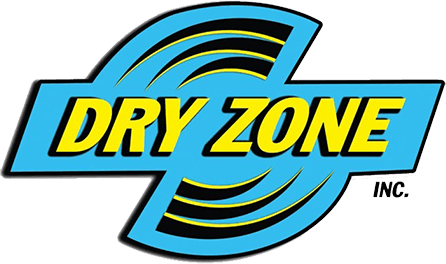Water extraction and remediation are important to ensure that our water is safe to use and drink. It involves the removal of contaminants from our water sources, such as lakes, rivers, and reservoirs. Water extraction and remediation aim to ensure that the water we use and consume is free of pollutants and contaminants.
What Is Water Extraction?
Water extraction is a process that is used to remove water from a variety of sources. It is used for various purposes, such as flood damage mitigation, water damage restoration, and agricultural irrigation. The process of water extraction can involve either manual or mechanical methods.
In manual water extraction, a person manually removes water from a source. This could involve using buckets, pumps, siphons, or other tools to move the water from one area to another. This type of extraction is generally done in cases of minor flooding or water damage, where the amount of water is not too great.
Mechanical water extraction involves using a machine to remove the water. This process is used in more serious flooding or water damage when larger water needs to be removed. The most common type of machine is a wet/dry vac, which can vacuum large amounts of water. Other machines, such as submersible pumps, can also be used.
What Is Water Remediation?
Water remediation removes pollutants and contaminants from water to make it safe for human consumption and use. It is often used to restore water to its natural state after it has been contaminated by human activity.
Water remediation can involve various techniques, including filtration, chemical treatment, and physical removal. It is important to note that water remediation is not a one-time process but rather a continual cycle of monitoring and maintenance.
What Is the Water Extraction and Remediation Process?
This process is often used to clean up water contaminated by oil spills, chemical spills, or other hazardous materials. There are four steps in the water extraction and remediation process:
1. Site Assessment and Selection
The first step in the process is to assess the site and select the best location for the water extraction and remediation system. This location will need to be close to the source of the contamination and have good access to water and electricity.
2. Water Extraction
Once the location has been selected, the water extraction system will be installed. This system will pump water from the contaminated area to the treatment system.
3. Water Treatment
The water will then be treated to remove any contaminants. This treatment can include filtration, reverse osmosis, or other methods.
4. Disposal or Reuse
Once the water has been treated, it can be disposed of safely or reused. Reusing the water can help to offset the costs of the water extraction and remediation process.
5. Monitoring the Water Quality
The final step in water extraction and remediation is monitoring water quality. This is done by taking samples of the water and testing it for contaminants.
Conclusion
Water extraction and remediation is the process of removing water from a contaminated area and treating it to be safe to use. This process is important to protect the environment and public health. Many different techniques can be used to extract and remediate water; the most effective method will vary depending on the specific situation.
If you are dealing with water damage in Naples, you can contact us at DryZone. We offer services that will help you deal with water emergencies like damage, removal, mold remediation, and more. Get in touch with us at DryZone to book out services.


